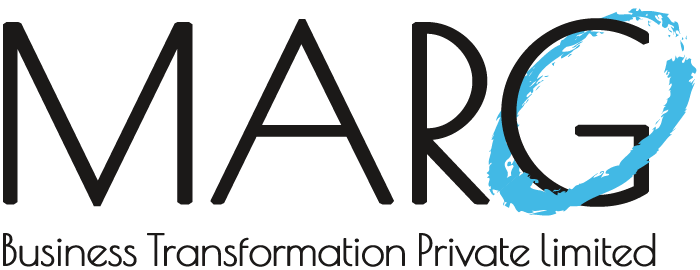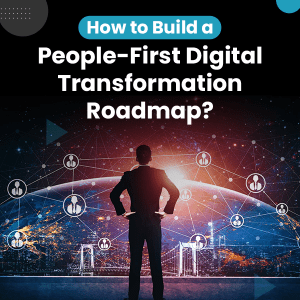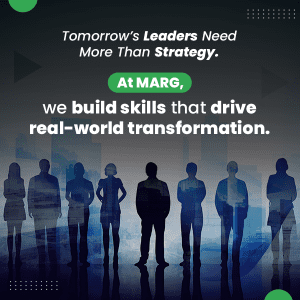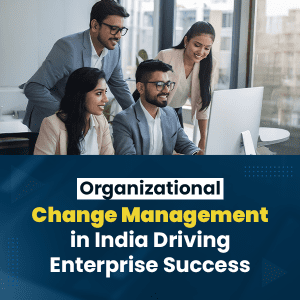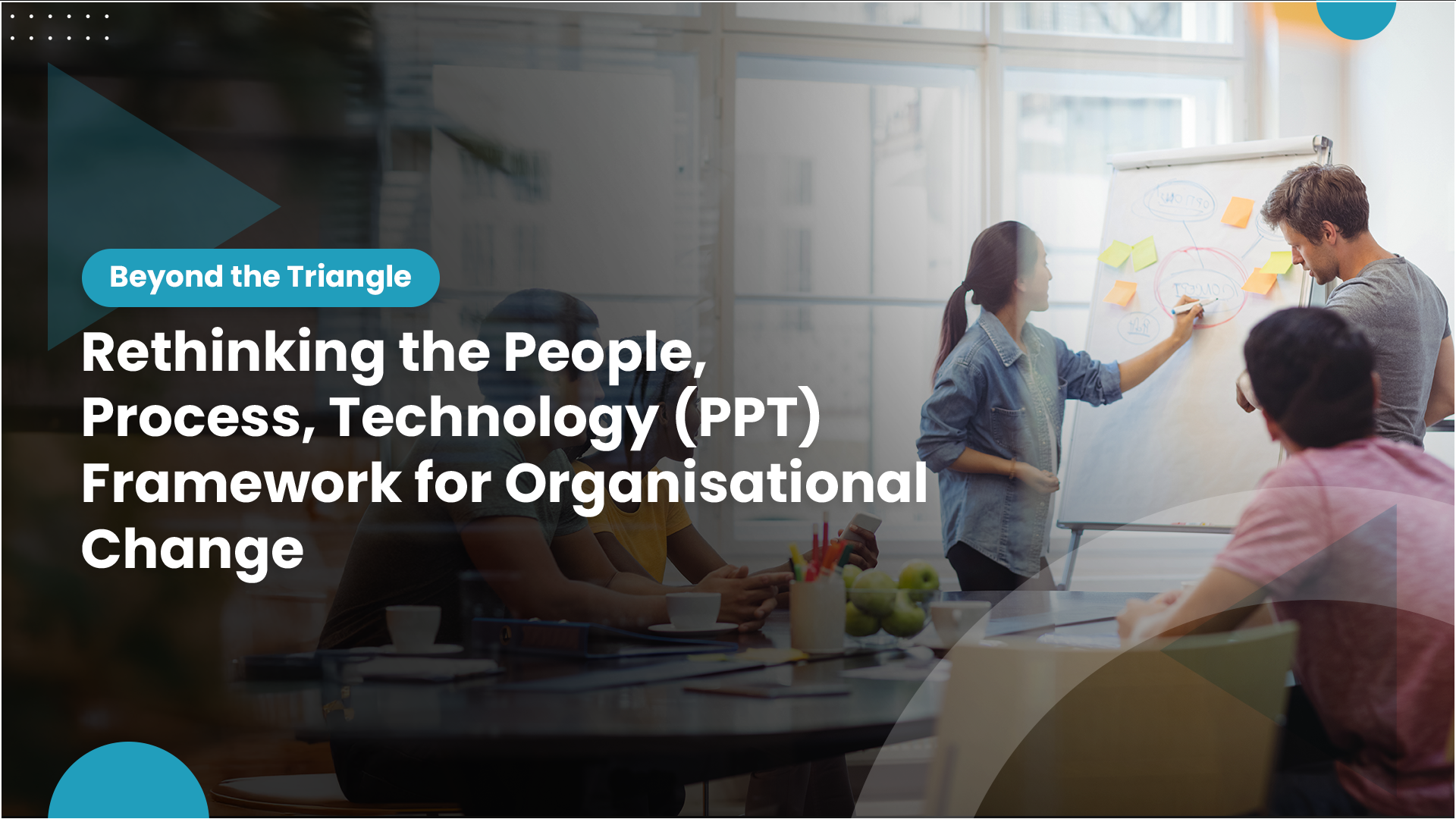
Change is inevitable. Progress is a choice.
In an era where 89% of large enterprises are actively embedding digital and AI-driven strategies into their core operations, transformation isn’t optional – it’s existential. But while technology grabs the headlines, it’s not the tech that fails. It’s the way we manage the change. In fact, effective change management is the true differentiator between transformation that drives progress and one that leads to stagnation.
What began as a guiding principle has now become a cornerstone—People, Process, Technology. But as change accelerates, does this once-reliable framework still hold the key to successful transformation? It promises a structured view of change by aligning human capital, operational flow, and digital tools. But here’s the real question: Is simplicity enough in a world defined by complexity, resistance, and relentless pace?
As leaders face mounting pressure to deliver results without eroding culture or overwhelming teams, the old ways fall short. What organisations need isn’t just alignment—it’s engagement, clarity, and a roadmap for human adoption.
That’s where structured change models like PROSCI’s ADKAR® framework come in—not as replacements, but as upgrades.
What is the People, Process, Technology (PPT) Framework?
The PPT framework is a foundational model that aligns organisational transformation across three key dimensions:
- People: The talent, teams, and cultural drivers behind change.
- Process: The workflows and systems that govern how work gets done.
- Technology: The tools and platforms enabling efficiency and scale.
The model’s brilliance lies in its simplicity: change in one area impacts the others. Yet, simplicity can be a double-edged sword.
Why Organisations Still Rely on PPT
When balanced well, the PPT framework offers undeniable benefits:
- Improved operational quality and consistency
- Scalable systems for long-term growth
- Streamlined processes that reduce errors and increase productivity
- Better customer and employee experiences
- Higher adaptability in volatile markets
It’s no surprise that many transformation teams use PPT as a blueprint during change initiatives.
But here’s the catch—people are the wild card.
Where the PPT Framework Falls Short
Despite its appeal, the PPT model can falter without a robust people strategy. Here’s why:
- Resistance to Change
Employees often feel overwhelmed or sidelined during large-scale transformations. Without a plan for managing their experience, resistance can derail even the most well-designed change initiatives.
- Overemphasis on Tools
Many organisations get caught up in the promise of new technology, overlooking the time and effort needed to help people adapt. Misalignment here leads to low adoption, sunk costs, and stalled momentum.
- No Built-in Mechanism for Adoption
While PPT focuses on alignment, it doesn’t provide a roadmap for how to guide individuals through change. That’s where change management—especially PROSCI change management—steps in.
The PROSCI Advantage: Making PPT Work for People
The PROSCI ADKAR® Model introduces structure to the people-side of change by focusing on five key outcomes: Awareness, Desire, Knowledge, Ability, and Reinforcement.
When layered onto the PPT model, PROSCI enables you to:
✅ Communicate change clearly and early
✅ Build employee buy-in and address concerns
✅ Provide training and coaching aligned to role-specific needs
✅ Reinforce change to sustain new behaviors
In short, it humanises the framework.
Without PROSCI change management, organisations risk rolling out new tech or revamped processes only to watch them fail in execution because people weren’t equipped to succeed.
Real-World Use Cases of PPT + Change Management
Let’s take two examples:
- Low Adoption of a New System
A CRM system rollout fails to gain traction. Applying PROSCI’s ADKAR Model helps identify that users lacked both Desire and Ability. Change teams introduce personalised training and peer support sessions—usage and satisfaction soar.
- Process Inefficiencies Post-Merger
A post-merger integration creates confusion across teams. A PPT lens reveals overlapping workflows and clunky tech. The PROSCI approach helps prioritise communications and coaching, realigning processes while minimising disruption.
Final Thoughts: Balance Is Not Enough—Guidance Is Essential
The PPT framework is still a valuable tool. But it’s just that—a tool. Without the right mindset and structured approach to adoption, the best systems and workflows can fall flat.
The real secret? Combining PPT with the discipline of change management, specifically proven methodologies like PROSCI change management, to drive sustained success.
At MARG Business Transformation, we work with organisations to bridge the gap between frameworks and outcomes. Our consultants don’t just deploy change; we build the capabilities and systems to make it last.
Ready to move from change theory to transformation success?
Let’s talk about how we can embed the right frameworks and strategies in your organisation’s change journey.
